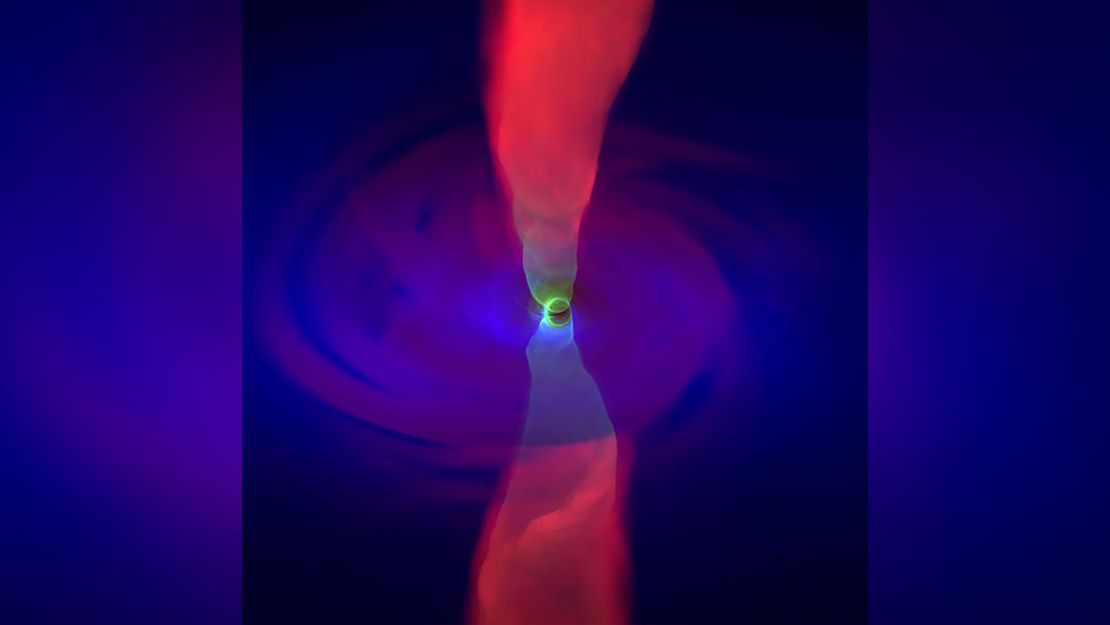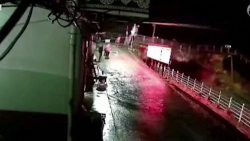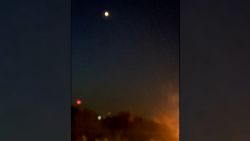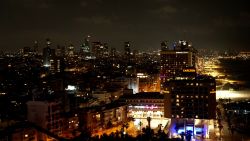It’s been a great year so far for space fans, with a partial solar eclipse, super blood wolf moon eclipse, and a Venus and Jupiter conjunction wowing onlookers.
Now there may be another exciting development to look forward to: the first ever photos of a black hole.
Scientists from the Event Horizon Telescope Collaboration will present a “groundbreaking result” from the project on April 10, according to a media advisory.
Anticipation is building ahead of the event, which will feature simultaneous press conferences in cities across the world and live streams in different languages.
“Have you heard that something is brewing on April 10th? It’s no joke!” reads a tweet from the collaboration.
The collaboration, called EHT, is a global network of telescopes that has been attempting to capture the first photograph of a black hole ever.

The first target is Sagittarius A, the site of a supermassive black hole 26,000 light years away from Earth, and the second is at the center of a galaxy known as M87.
Black holes are made up of huge amounts of matter squeezed into a small area, according to NASA, creating a massive gravitational field which draws in everything around it, including light.
In their attempt to capture an image of a black hole, scientists combined the power of eight radio telescopes around the world using Very-Long-Baseline-Interferometry, according to the European Southern Observatory, which is part of the EHT.
This effectively creates a virtual telescope around the same size as the Earth itself.
Dong Lai, astronomy professor and black hole expert at Cornell University believes that the EHT team is gearing up for a big reveal.
“My guess is EHT will produce an image of the supermassive black hole at the center of the Milky Way galaxy and also an image of one at the center of the nearby galaxy M87,” said Lai, who is not involved in the EHT project, in a press release.
“More precisely, these are images of radiating hot gas orbiting very close to the black hole. The strong gravity – the ‘event horizon’ – of black holes create a dark shadow with a distinct shape where no light can be seen.”
As Lai explained, it’s hard to see black hole shadows clearly because any images are blurred by interstellar gas, which presents a complicated challenge for the EHT team.
You can watch Wednesday’s press conference in English via the European Commission YouTube channel or the National Science Foundation live stream at 9 a.m. ET.
The existence of black holes is universally accepted among today’s astronomers, but there is still a lot that we don’t know about them.
In June 2018, researchers at Australian National University found the fastest-growing black hole ever seen in the universe.
The supermassive black hole, known as a quasar, is growing so fast it can devour a mass the size of the sun every two days.
And in January 2019, scientists saw the oldest black holes in the universe for the first time.
More than 13 billion years after they formed, the light that was released to create these distant massive black holes is now reaching our telescopes.




















